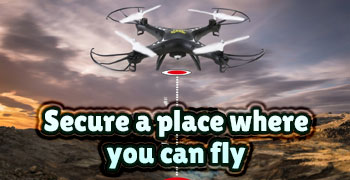So, you’ve finally decided to buy your own drone. However, before you can be 100% ready for takeoff, here are some tips you need to consider before that first flight with your little new aircraft.
1. Know your purpose.
Why do you want to buy a drone in the first place? Where do you plan to use it? What do you want to do with it? It is important to set your purpose because these gadgets have their own set of features and options suitable for certain applications and preferences. Researching and reading reviews would surely help you determine which UAV you should buy.
 2. Set a budget.
2. Set a budget.
After knowing what you are going to do with your drone, you need to determine how much money you are willing to spend for it. Most toy-grade drones for recreational use cost less than $200. Professional drones for videography can cost at least $1000 depending on the model. The more specialized the drone is, the more you have to pay for it.
Make sure to look for great drone deals from time to time so you can get the best value for your money. Some sellers might offer limited-time drone discounts to go with the drone unit you are eyeing, or free spare parts and accessories, so be wise in choosing where to buy.
It is important to include common extra parts in your budgeting such as batteries, gears, and propellers. Also, take into consideration in regards to maintenance and replacement costs because drones can be prone to crashing. One serious crash could make your drone useless if you do not have enough bucks for repairs.
3. Identify your skill level and enhance it.
Just like being a pilot, learning to fly drones requires skill and skills are boosted through education. If you are a first-time user, it would be practical to hone your skills using a more basic and cheaper model. Read your user manual. Learn from drone reviews, guides, and tips. You can also join drone hobbyist groups online or from communities near you and hear their first-hand experiences. Once you have mastered flying your starter drone, then you can move on to a more expensive and advanced model.
 4. Choose a fly package.
4. Choose a fly package.
Drones are available in different feature sets, so if you are not familiar, you need to understand the difference of fly packages.
Most people, especially beginners, prefer RTF or ready-to-fly quadcopters. These drones require little to no assembly and are ready to use out of the box. BNF or bind-and-fly drones are mostly drone-only packages, so you need a compatible controller you already have or you have to find a matching one sold separately. Meanwhile, ARF or almost-ready-to-fly quadcopters usually require some assembly because they don’t come with a transmitter or receiver.
5. Check the specifications.
Your preferred specs would largely depend on your purpose for buying and budget allotted. Before heading out to buy a drone, you would need to consider these factors:
- Battery life/flight time This is one of the most important things you need to know. Generally, drones have short flight times which are usually 25 minutes or less. The battery life of cheaper models lasts around seven minutes. So, if you want to use it for extended periods, spare batteries are important. Also, remember that most quadcopters take 2 hours to recharge.
- Camera specs/camera support capability Most drones come with a built-in camera. Others do not and some can be attached to an external camera like GoPro and DSLRs. If you prefer camera-type drones, it is essential to consider the megapixels, video resolution, first-person viewing capabilities and whether or not the camera angle can be controlled.
- Controllers Some drones are controlled by smartphones or tablets via WiFi or Bluetooth. Some have specified controllers with analog sticks. Others come with built-in LCD monitors for first-person view flying. It will be more enjoyable if the drone would have a camera and can beam back a live video feed to whatever controller you will be using.
- Controllable range Casual users may not be interested in knowing the controllable range, but it is very important because drones must be in view of the person controlling it at all times according to the law.
- GPS sensors GPS capability is usually found in more advanced models. It allows the drone to fly in your specified coordinates and to automatically “return home” at the push of a button.
 6. Be prepared to be registered.
6. Be prepared to be registered.
Anyone who wants to fly an unmanned aircraft system weighing 0.55 to 55 pounds for hobby or recreation must be registered with the Federal Aviation Administration. You must be at least 13 years old with $5 to register a drone. Penalties for not registering may cost you $27,500 in fines.
7. Secure a place where you can fly.
There are specific locations where you cannot safely and legally fly a drone. State and national parks are off-limits for remote-controlled aircraft, while municipal and county parks have varying rules. Before buying a drone you wish to fly outside, make sure to check no-fly zones and review regulations regarding UAVs in your desired place.
Lastly, you must bear in mind that flying a drone isn’t as easy as it may seem. Larger models can be harder to handle especially for beginners, so it is best to choose the one perfect for your skill level and purpose. Just keep on checking out reviews from users and deals from retailers to help you decide what and where to buy drones.
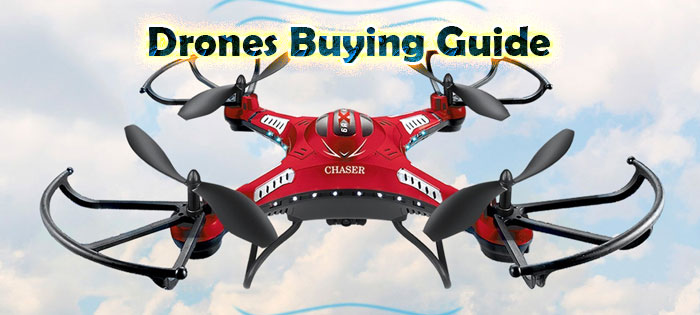
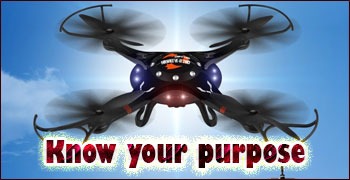
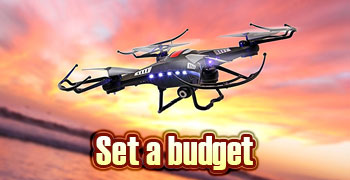 2. Set a budget.
2. Set a budget.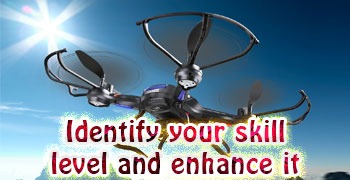
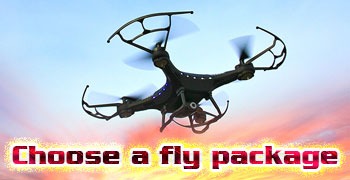 4. Choose a fly package.
4. Choose a fly package.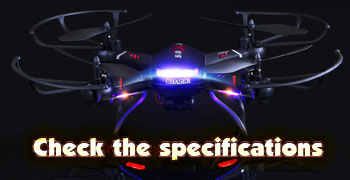
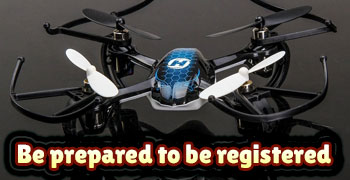 6. Be prepared to be registered.
6. Be prepared to be registered.